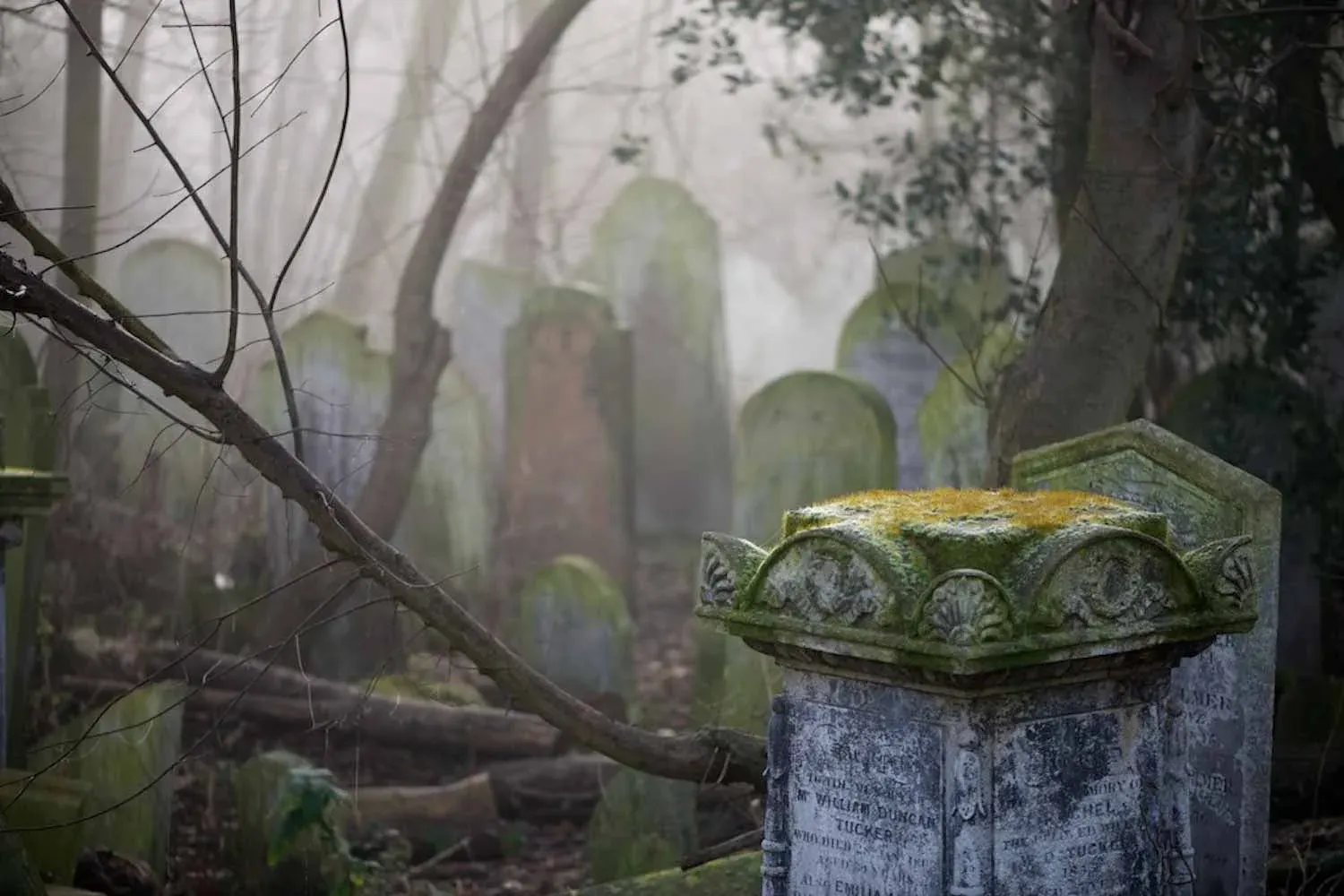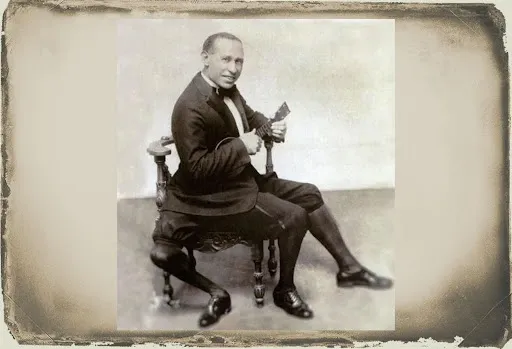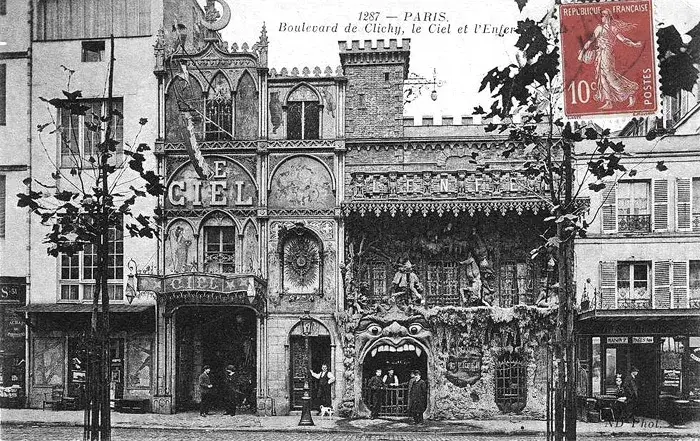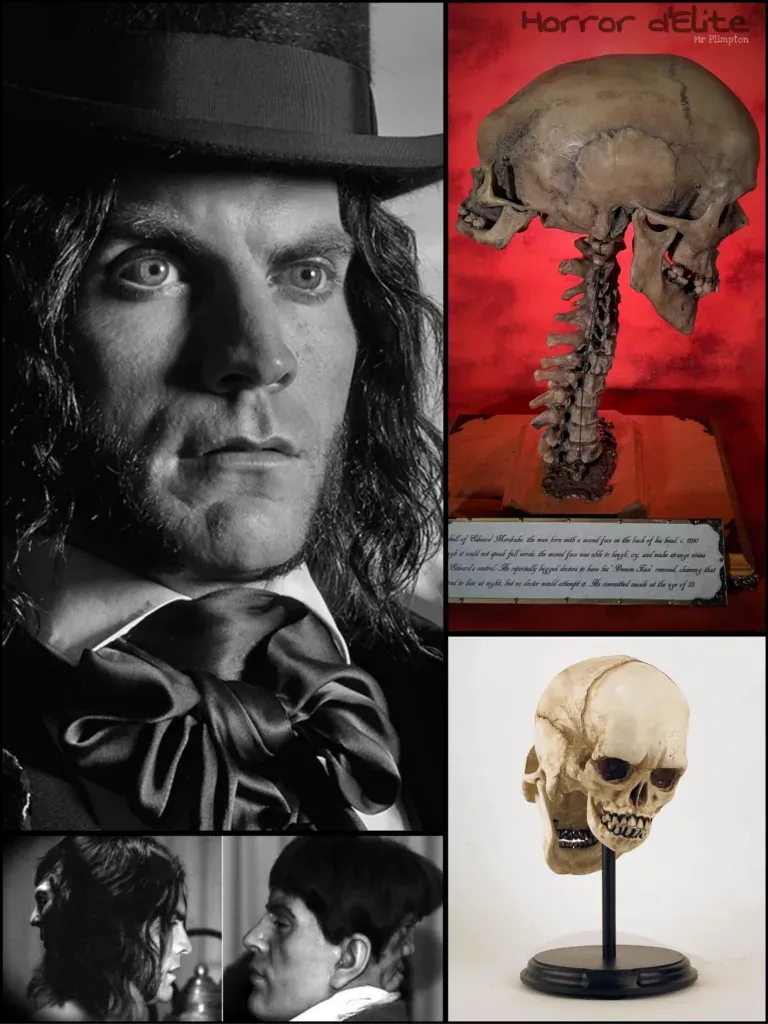Tower Hamlets Cemetery
Tower Hamlets Cemetery: A Silent Witness to London’s History
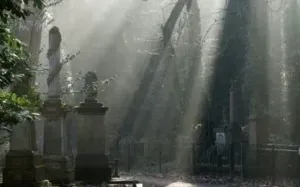 Tower Hamlets Cemetery, also known as Bow Cemetery or Bow Common Cemetery, is one of the “Magnificent 7,” the seven Victorian cemeteries built in the 19th century to address the growing demand for burial spaces in London. Located in London’s East End, Tower Hamlets Cemetery is rich in history, architecture, and human stories, and is an important site of cultural and natural interest. This article explores the history, design, notable personalities buried, and the contemporary significance of Tower Hamlets Cemetery in detail.
Tower Hamlets Cemetery, also known as Bow Cemetery or Bow Common Cemetery, is one of the “Magnificent 7,” the seven Victorian cemeteries built in the 19th century to address the growing demand for burial spaces in London. Located in London’s East End, Tower Hamlets Cemetery is rich in history, architecture, and human stories, and is an important site of cultural and natural interest. This article explores the history, design, notable personalities buried, and the contemporary significance of Tower Hamlets Cemetery in detail.
The Foundation and History of Tower Hamlets Cemetery
Tower Hamlets Cemetery was founded in 1841 by the City of London and Tower Hamlets Cemetery Company to meet the growing demand for burials in London’s East End, one of the city’s most densely populated and impoverished areas. At the time, London’s population was booming due to the Industrial Revolution, and the small church cemeteries were no longer able to handle the number of deceased.
The area chosen for the cemetery, previously a rural zone known as Bow Common, was rapidly transforming with the development of factories, housing, and infrastructure. The cemetery was designed primarily to serve the working class of the East End, and over the years it became the final resting place for over 350,000 people, most of whom belonged to working-class families.
Architecture and Design of the Cemetery
Unlike some of the more monumental Victorian cemeteries, such as Highgate Cemetery or Brompton Cemetery, Tower Hamlets Cemetery has a more understated and functional design, reflecting its primary role as a burial ground for the masses. However, this does not mean the cemetery lacks beauty or architectural interest.
The Cemetery’s Landscape
The cemetery covers about 12 hectares, and while there are no grand mausoleums or monumental chapels, the landscape is characterized by a simple and natural beauty. Tree-lined paths and green spaces offer a peaceful refuge amid the bustle of the city. Over the years, the cemetery has become a sort of biodiversity oasis, with many species of flora and fauna having established themselves in the less-tended areas of the site.
The main entrance to the cemetery is through an imposing Victorian wrought-iron gate, leading visitors down a central avenue lined with mature trees. While many of the monuments and graves are relatively modest, there are still numerous elaborate graves and Celtic crosses reflecting the diverse religious and cultural beliefs of those buried here.
Famous Figures and Humanitarian Stories
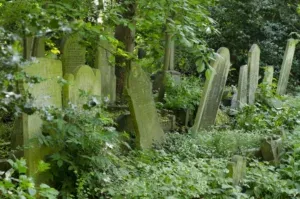 Tower Hamlets Cemetery is the final resting place of many historical figures and members of the local community who had a significant impact on East End life. Some of the most notable burials include:
Tower Hamlets Cemetery is the final resting place of many historical figures and members of the local community who had a significant impact on East End life. Some of the most notable burials include:
- Joseph Merrick (1862-1890): Known as “The Elephant Man,” Joseph Merrick is perhaps one of the most famous historical figures associated with Tower Hamlets Cemetery. Although he is not buried here (his remains were donated to science), a commemorative plaque has been erected in the cemetery in his honor. Merrick, who suffered from severe physical deformities, lived a life of suffering and loneliness, but his story has become a symbol of dignity and courage in the face of adversity.
- William Booth (1829-1912): Founder of the Salvation Army, William Booth was a pioneer in helping the poor and marginalized in society. Although Booth is not buried here (his grave is in Abney Park Cemetery), many people associated with the Salvation Army, including early members and supporters, are buried in Tower Hamlets Cemetery. His legacy of compassion and service is still felt in London’s East End.
- Isaac Rosenberg (1890-1918): Poet and artist Isaac Rosenberg is one of the most important figures in British war poetry. Born to an immigrant Jewish family in London, Rosenberg grew up in the East End and served in the British Army during World War I. Although he is not buried here (he died in France during the war), his connection to the East End is commemorated in the cemetery, which houses many soldiers and civilians who were victims of conflict.
- Tommy Flowers (1905-1998): Another notable figure buried in Tower Hamlets Cemetery is Tommy Flowers, the British engineer who developed the first programmable electronic computer, Colossus, during World War II. His contribution to computer science and the Allied victory was crucial, and his grave is a pilgrimage site for technology and war history enthusiasts.
The Cemetery’s Role in the Community and Culture
Tower Hamlets Cemetery has always had a strong connection with the East End community, being the burial place for thousands of local residents. This connection is particularly evident during times of crisis, such as the cholera epidemics of the 19th century and the bombings of World War II, when the cemetery became the final resting place for many victims of these tragedies.
In addition to its role as a cemetery, Tower Hamlets Cemetery has been an important public space for the local community. In more recent years, the cemetery has been transformed into a historic and natural park, open to the public as a green space. The Friends of Tower Hamlets Cemetery Park, a group of volunteers dedicated to preserving and promoting the cemetery, regularly organizes cultural events, historical walks, and educational activities, strengthening the connection between the cemetery and the community.
Conservation and Restoration of Tower Hamlets Cemetery
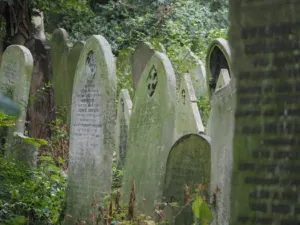 Like many historic cemeteries, Tower Hamlets Cemetery has faced significant challenges in terms of conservation and maintenance. After decades of neglect and vandalism, the cemetery has seen renewed interest in recent years thanks to conservation efforts by local groups and historical organizations.
Like many historic cemeteries, Tower Hamlets Cemetery has faced significant challenges in terms of conservation and maintenance. After decades of neglect and vandalism, the cemetery has seen renewed interest in recent years thanks to conservation efforts by local groups and historical organizations.
In 1986, the cemetery was closed to new burials and passed under the management of the London Borough of Tower Hamlets. In the 1990s, the cemetery was designated a Local Nature Reserve, recognizing its ecological importance and value as an urban green space. This status has led to a series of restoration projects aimed at preserving historic graves, improving pathways, and protecting the cemetery’s flora and fauna.
A Site of Biodiversity and Conservation
Today, Tower Hamlets Cemetery is known not only for its historical and cultural heritage but also for its rich biodiversity. As a Local Nature Reserve, the cemetery is home to a wide range of plant and animal species, including several species of birds, butterflies, bats, and rare trees. The wild meadows and wooded areas of the cemetery are managed to promote biodiversity, making the cemetery an important natural refuge in the heart of London.
The cemetery is also a site of study for ecologists and naturalists, who conduct research on urban biodiversity and conservation methods. Visitors can participate in guided walks and workshops to learn more about the cemetery’s flora and fauna, helping to raise awareness of the importance of conserving urban green spaces.
The Future of Tower Hamlets Cemetery
Looking to the future, Tower Hamlets Cemetery will continue to play an important role as a place of memory, reflection, and conservation. Efforts to preserve the cemetery and promote its historical and natural significance are essential to ensure that Tower Hamlets Cemetery remains a place of beauty and meaning for future generations.
 Subscribe to our YouTube channel
Subscribe to our YouTube channel